How to Hatch Turtle Eggs and Brazilian Turtles
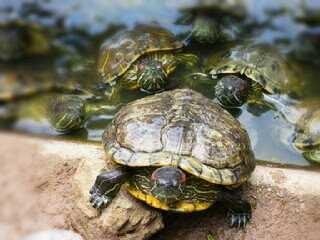
Just like the eggs of animals in general, how to incubate the tortoise eggs needed warm temperatures. If the temperature is getting cold the eggs will be longer hatching. So even with tortoise eggs that will be hatched, the temperature required to meet the tortoise eggs to hatch is 27.8 ° - 29.4 ° C.
With such temperatures the tortoise egg will hatch in about ± 85 days. However, if the temperature is less warm can reach 110 days, but vice versa if the temperature in accordance with the desired by the tortoise eggs, then the eggs will hatch on day 65.
Temperatures above 30.6 ° C are too high and the lowest temperature range is 23.9 ° C. so we have to keep the temperature so it's not too high and not too low. And the most important thing to do this incubation process is to keep moisture and temperature.
The tools needed for this incubation process are:
- Aquarium containing 10 gallon water capacity (37.9 liters) or can also use other places / containers of the same size. Why use an aquarium? Because the aquarium is transparent.
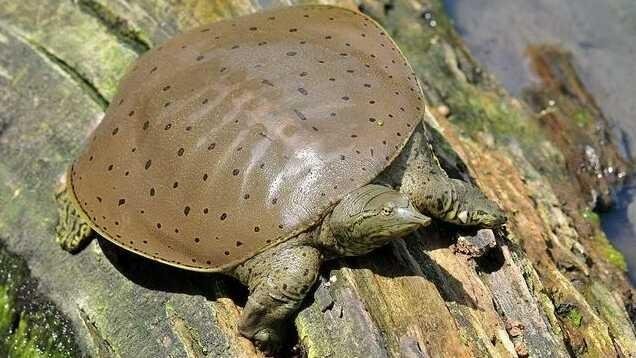
Critter cage or plastic aquarium that many we meet do take-shop ornamental fish. The aquarium is equipped with a plastic cap on the top
2 aquarium thermometer and 1 moisture meter.
A water heater equipped with temperature controller.
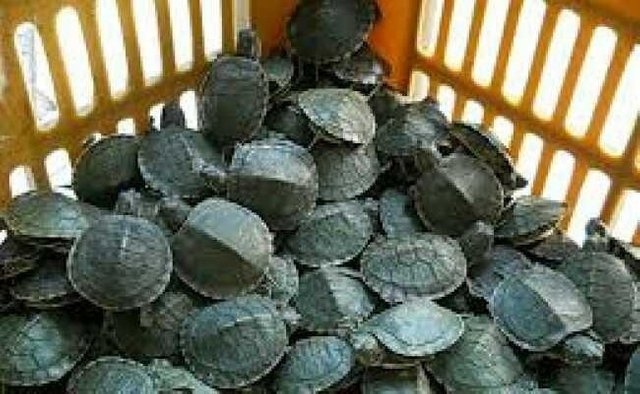
- Substrate, such as sand, peat moss, vermiculite, plant soil, aspen bedding, etc.
Furthermore, once the equipment is collected, we start with the steps:
Pour warm water into the aquarium until it reaches a height of ± 8 cm. then place the water heater at the bottom of the aquarium. Set the heating temperature at the lowest temperature. Place 1 thermometer in water so we can know the water temperature. Then let the water temperature stabilize for 1 or 2 hours, then adjust the heating temperature until it reaches a stable temperature between 26.7 ° C - 28.9 ° C.
Substrate input on critter cage until it reaches half media height. The substrate must be lebab, but not too wet. When using aspen bedding or peat moss, we can place in a bowl for 15-20 minutes so that water can absorb in. Before aspen bedding or peat moss into the critter cage, first squeeze in order not too much water.
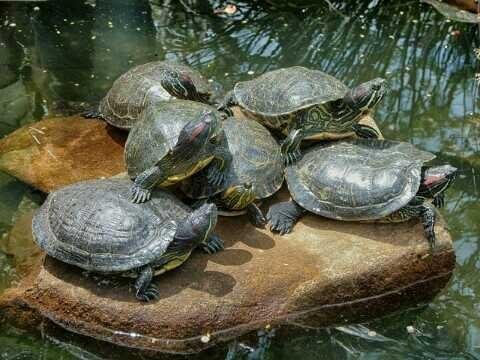
Place the other thermometer halfway into the substrate. This is so we can know the temperature obtained by the eggs when telursudah are above the substrate. Then form the substrate to save the egg so that the egg does not shift. And do not close the eggs with substrate so we can observe the eggs, rotten or not. Please note also the location of eggs on the previous media, if the eggs on the previous ground media already have a benr position then we should not change it when in the input to the incubator, how, by marking with an egg pencil position that is underground so as not to be mistaken. Because the egg is disturbed because it is twisted it will cause the death of the embryo.
Place the moisture meter at the top of the aquarium
When we have obtained a stable temperature in the aquarium, place the critter cage into it. When floating, use stones or other objects to sink.
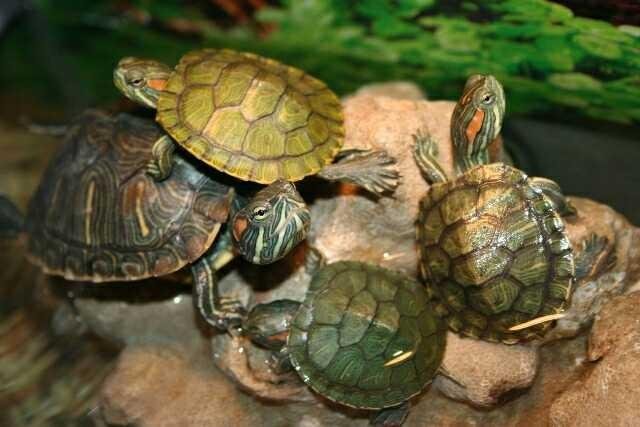
Use a closed top to cover the top of the aquarium. And the nets are closed back with filter foam to keep the humidity temperature stable.
To keep the temperature stable, once every 1-2 days we should check the thermometer, and set the temperature of the heater to keep the temperature in the desired range. Substrate must be kept wet, when drying wet again and try not to lift and not disturb the eggs.
If there are eggs that wrinkle (peyot) as soon as the egg is removed, this can be caused by moisture in the incubator is too low. And the really damaged eggs will shrink (peyot) once, black, shrink, and smell bad.
To be a reference to the success of the hatching process, every day we can note the information that is in the incubator. Because the information will be a reference material for us in the future.
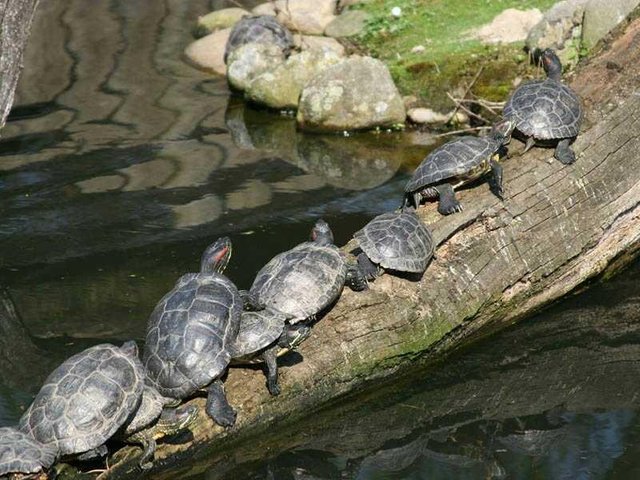
Breaking: https://steemit.com/news/@bible.com/6h36cq